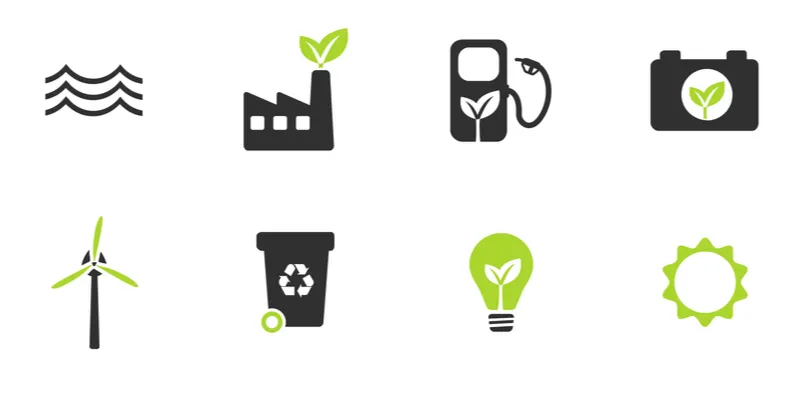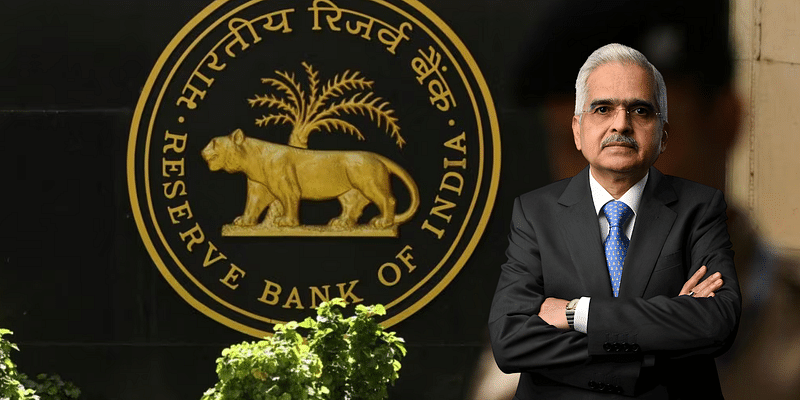How the government can play a role in spurring innovation and growing India’s startup ecosystem
Despite the policy incentives, science and tech infrastructure, and a sizeable education base, India has not been able to realise its innovative potential for urban problem-solving due to fragmentation in the innovation ecosystem. How can the government help?
Noting the potential of entrepreneurial ventures to problem-solve for several challenges faced in India and witnessing the impact of the American and Chinese startup ecosystems on their economic growth and employment, the Government of India began to actively make innovation and startups the focal point of policy around 2014. Seven central ministries launched schemes and policies promoting startups, with several of them providing financial and procedural support and incentives to organisations and institutions, for setting up incubators, conducting workshops, and upgrading technology and physical infrastructure.

Today, 21 of the 29 state governments are pursuing startup policies. States like Karnataka, Kerala, Maharashtra, and Telangana have accompanied policy and process reform with measures like setting up state-financed and managed incubators and entrepreneurship cells, conducting challenges, rewarding startups, and developing links to institutions and the industry. Consequently, these states have been reaping the benefits of increased startup activity and attention from private investment.
In some ways, the outcomes of this policy push have been evident. India currently has the third largest startup ecosystem in the world, with Bengaluru ranking behind only London and Silicon Valley for the greatest number of tech startups. India has also risen in the Global Innovation Index, Ease of Doing Business, and Global Competitiveness Index rankings.
Private sector support
While government support has largely been towards the creation and development of a vibrant startup ecosystem, the private sector has been supporting this growth by investing in the success of individual startups. Responding to relaxation in government regulation, tax breaks, and the creation of new asset classes, Private Equity/Venture Capital (PE/VC) investment in India is booming, and the number of VCs with active investments in India has been steadily growing since 2013. The total funding has doubled between 2017 and 2018 in tech startups.

Recognising the importance of sourcing innovation, private sector involvement in incubation has also grown, with almost half of the active incubators in the country run either by corporates or private organisations. These incubators offer access to a wide network of mentors from the private sector and industry, while also offering more practical support such as use of proprietary software and tools, or free office space and infrastructure.
Where do the gaps lie?
Despite all the support from institutions, entrepreneurship in urban service delivery remains stunted. The focus of Indian startups remains on software and services, ecommerce and marketplaces, with slow diversification into fintech and healthtech.
In conversation with some of the companies under TheCityFix Labs, an accelerator focused on startups working in the space of water, waste and energy management, it became clear that policy support for startups is only as effective as its awareness. While there is limited sectoral focus on water, waste, or energy management entrepreneurship in general, there is little awareness within the startup community even for the policies and schemes that exist. This may be, in part, due to the poor implementation of schemes and uncertainty and delays around disbursement of funds, which cause some entrepreneurs to hesitate when applying for these schemes. The potential for delays to hurt their cash flows and business planning means that not only do these startups not apply for schemes; they also do not recommend them to their fellow entrepreneurs, compounding the lack of awareness within the community. In other cases, the qualifying criteria for schemes can often be too restrictive. Many schemes require three years of profitability, existing banking credit, as well as credit ratings from a list of recognised institutions, which can be a hurdle for early-stage startups.

The skew towards IT and software services holds true within incubation support as well. Of the 106 government-recognised incubators only 13 are sector-agnostic. Among water, waste, and energy, energy receives the maximum attention with 17 incubators inviting innovation from energy, and clean or green technology. Waste management sees interest from only three incubators, and water from none.
On the investment front, though more private equity seems to be coming into the country, risk-averse investors are choosing to invest more in mature startups focusing on software and internet services and online marketplaces.
The way forward
Despite the policy incentives, a large publicly funded science and technology infrastructure and sizeable education base, India has not been able to realise its innovative potential directed at urban problem-solving due to fragmentation in the innovation ecosystem. Government-led actions that can boost science- led solutions for sustainable and inclusive growth in our urban areas and align policy to implementation action are:
- Ease the design, embed, and procurement processes – help cities develop an innovation strategy and action plan to address problem statements. Further, aid the certification and registration process for startups through a single-window online system. Finally, help MSMEs compete in the tendering process by improving the procurement system to allow for innovative products, services, and technologies that do not fit within standard specifications.
- Build engagement platforms, advocate, and capacitate the actors in the ecosystem – create mechanisms for engagement between government, entrepreneurs, investors, technical experts, and citizens for problem identification and solution development. Promote economic development that improves quality of life and attracts human capital to cities. Also, build capacities within and outside of government by involving cross-sectoral teams for improving expertise (especially in data analytics) and promoting applied research through partnerships.
- Improve infrastructure to host, optimise, and connect high-growth enterprises – influence the location and availability of space to allow for interaction and collaboration between the actors through proximity. Modernise systems and services and provide access to data in order to have effective collaborations with the private sector. Develop multi-use infrastructure to facilitate physical and digital connectivity to enable information flows across the ecosystem.

Realizing that the innovation-led entrepreneurship development holds promise for growth, the government has taken major policy initiatives with a strong innovation agenda, making efforts to encourage entrepreneurship within their states. While the most obvious outcomes for these are the associated economic activity and employment that these startups have the potential to generate, more attention needs to be paid to the particular areas of interest of these startups. States have the opportunity to leverage these Innovation Cells and institutions for solutions to address very real, on-ground problems faced by different municipalities across the state, particularly in areas related to water, waste and energy management, and mobility. With the Smart Cities Mission in progress, these states and cities also have a ready canvas on which to pilot some of these solutions.
Studies show that a dollar investment from social funds has a certification effect, and on average is associated with an investment of 2.2 dollars from mainstream investors. However, this requires “patient capital”. In making the case for philanthropic capital, Acumen states that patience is required because these companies are solving problems in markets that are incredibly challenging and strife with corruption and a lack of trust between stakeholders. However, the flipside is the transformational potential, which is massive. There are indeed formidable challenges in realizing the goals the government has set out to accomplish. Particular focus is needed in improving linkages within the ecosystem for innovations in a comprehensive way.
To a great extent, shared learnings, knowledge, and capacity building between different arms of the government can immensely help streamline processes and address deficiencies.
India is set to take a huge leap towards innovation-led growth. The groundwork is in place, now, its success depends on its implementation.
The authors, Jaya Dhindaw and Aarathi Kumar, are part of Integrated Urban Planning programme, WRI India Ross Center and lead TheCityFix Labs accelerator initiative.
(Edited by Teja Lele)









1565708281370.png?fm=png&auto=format&h=100&w=100&crop=entropy&fit=crop)



![[Startup Bharat] Y Combinator-backed BeWell Digital is enabling the digital transformation of radiologists](https://images.yourstory.com/cs/2/40d66ae0f37111eb854989d40ab39087/ImagesFrames31-1648033042143.png)
![[Funding alert] Electric vehicle startup Simple Energy in talks to raise $1M](https://images.yourstory.com/cs/2/11718bd02d6d11e9aa979329348d4c3e/Imagehrn6-1595836341886.jpg)